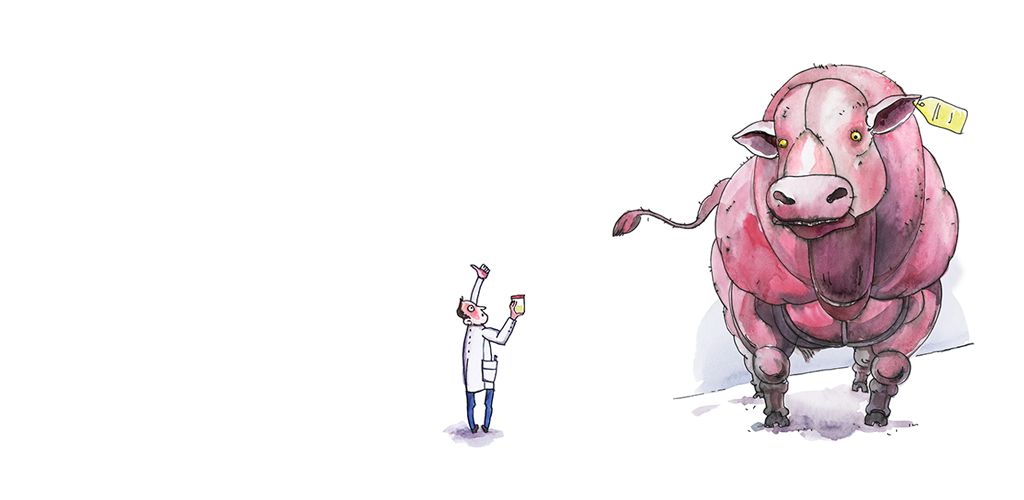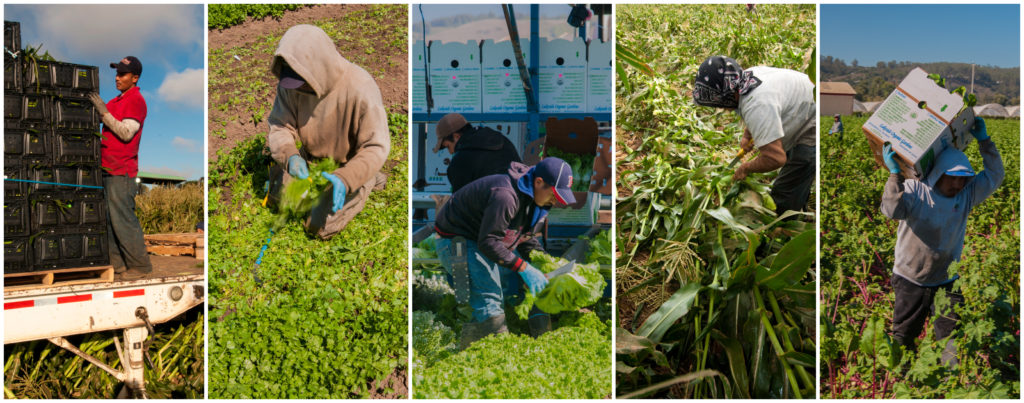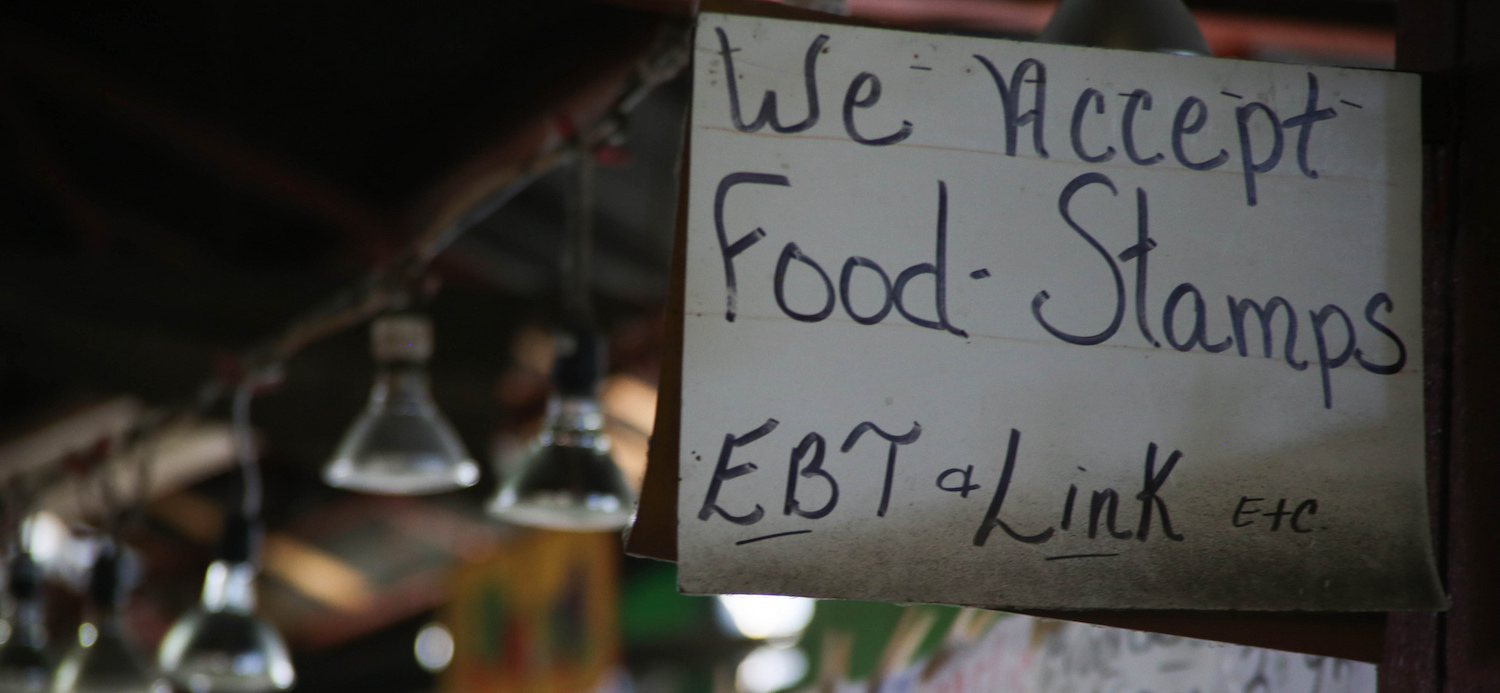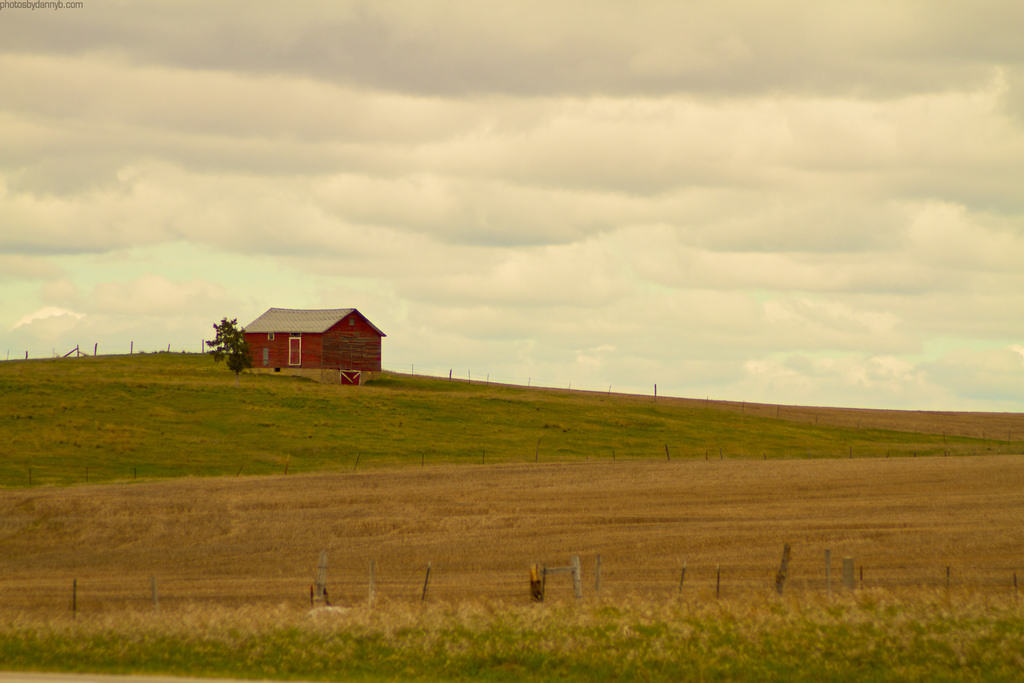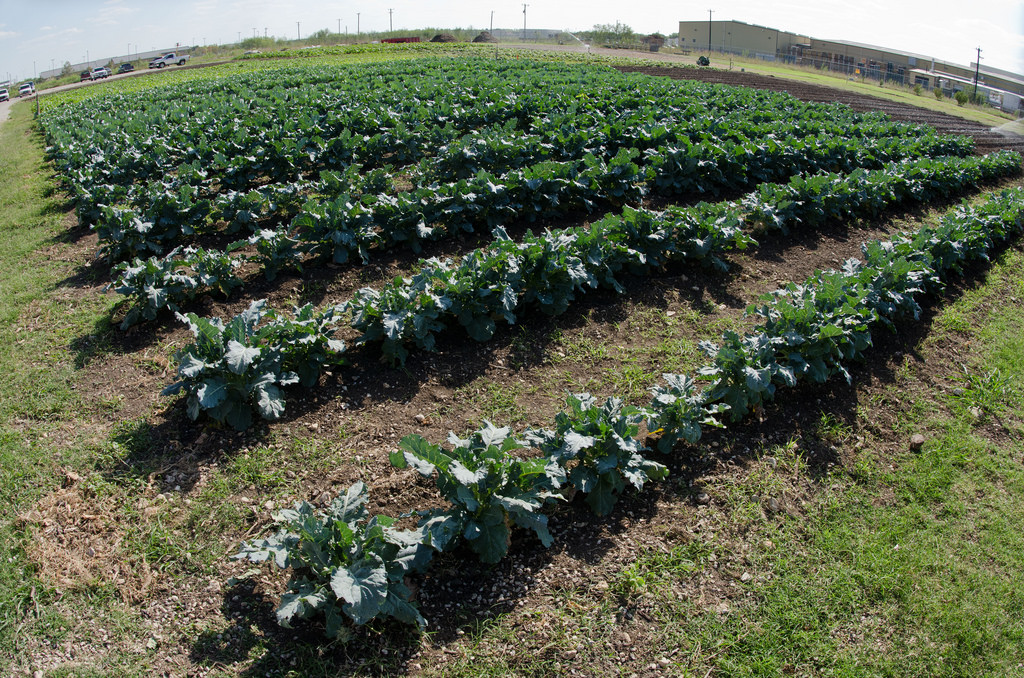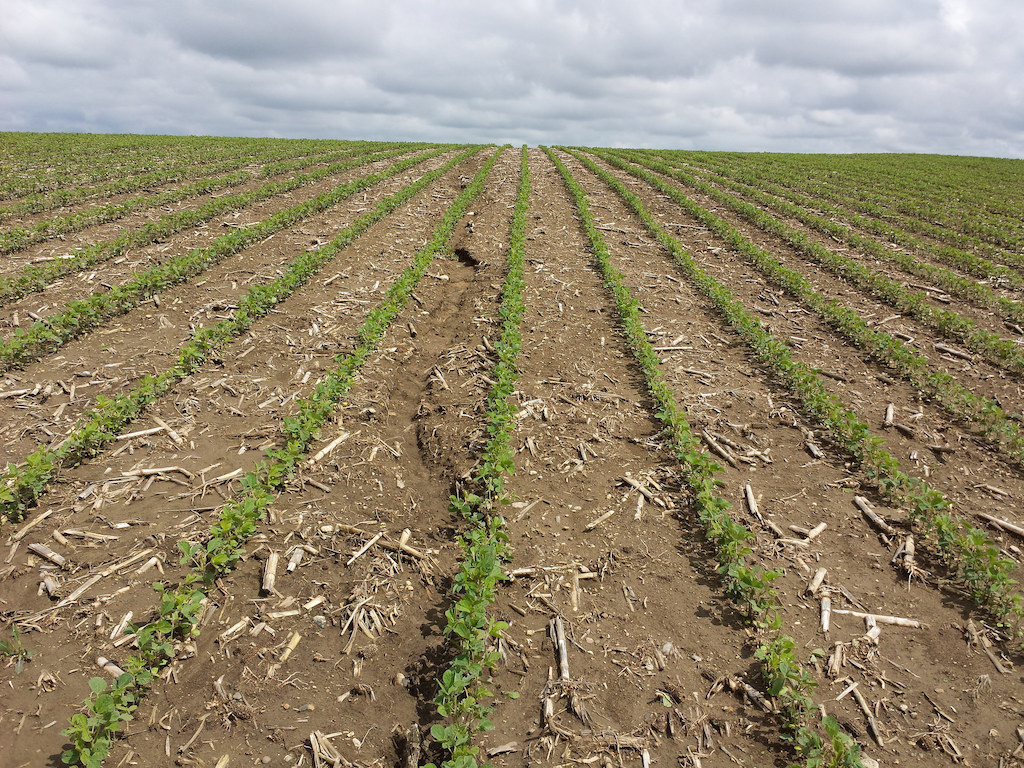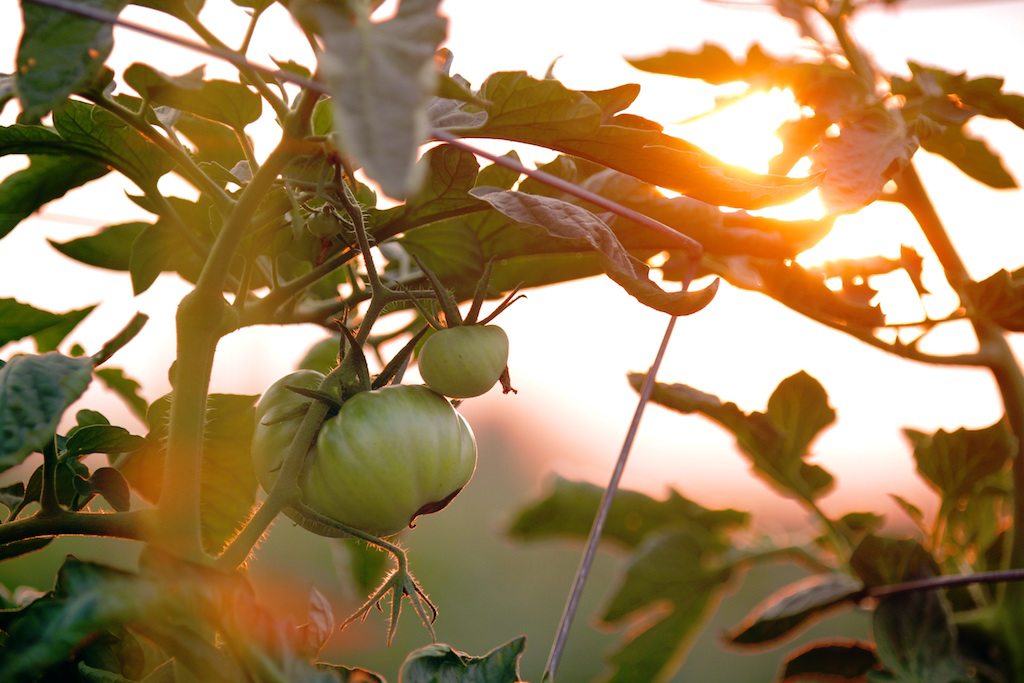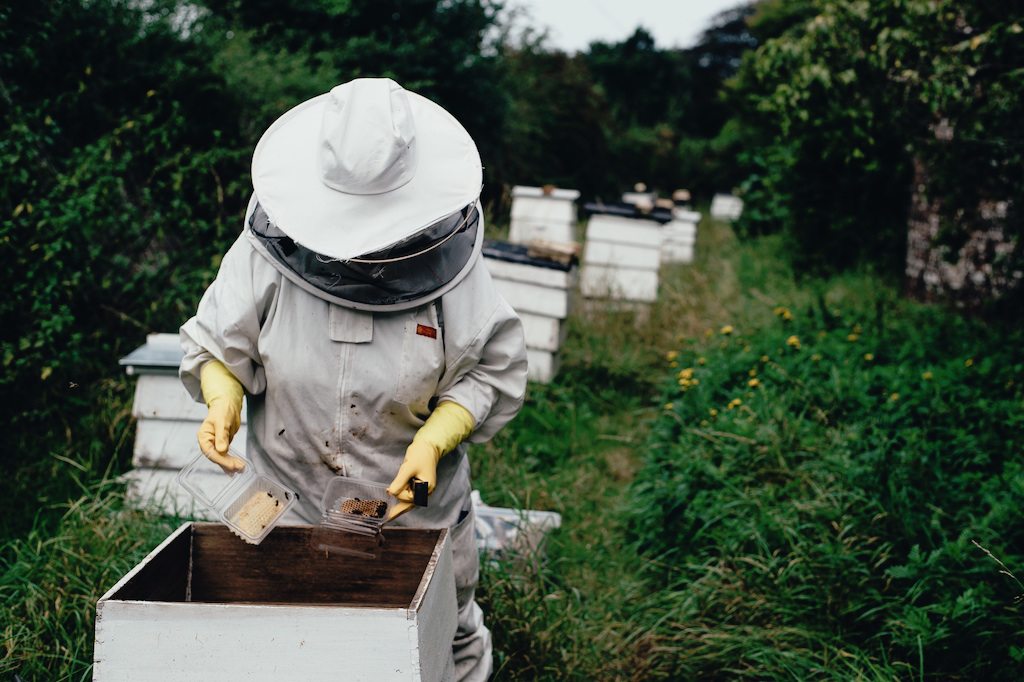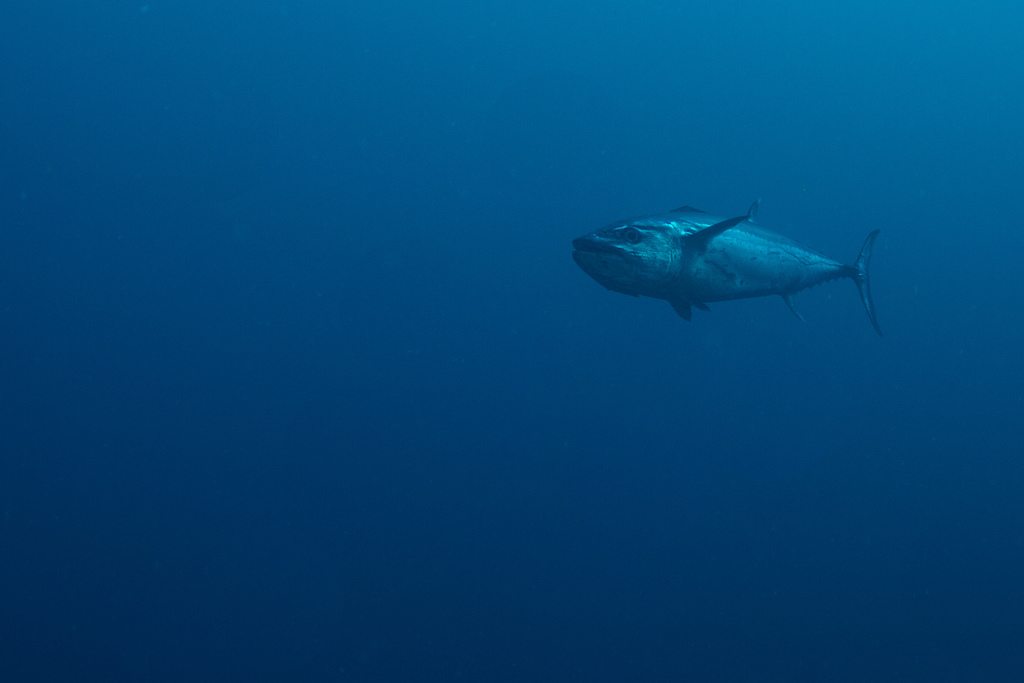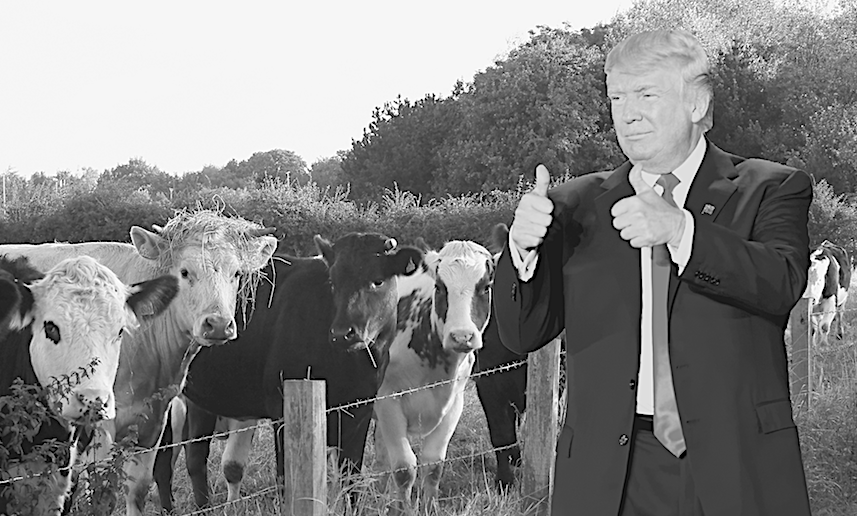
A single mailing address in Charleston, Missouri received $2,782,763 from Trump’s farm bailout program between September 2018 and February 2019. The payments were part of a program meant to soften the financial hit farmers have taken because of the ongoing trade war with China. This address in particular received payments for corn, wheat, cotton, and soybeans.
There’s just one problem: Payments to individual farms are not supposed to exceed $125,000.
The twelve payments in question went to “Deline Farms North,” “Deline Farms South,” and “Deline Farms Partnership,” all of which were registered to the same address. Eight of them were specifically addressed to “Donald F. Deline, GEN PTR.” The payments addressed to Mr. Deline totaled $1.8 million.
The New Food Economy reported last Friday that one farm had received more than $2 million from the trade bailout and that three additional farms had received more than $1 million based on entries we found in a Treasury database. We also reported that eight additional farms had received more than $500,000, despite the $125,000 cap. At the time, the United States Department of Agriculture (USDA) did not clarify the nature of these payments, despite our repeated requests that it do so.
As part of that reporting, we filed a Freedom of Information Act (FOIA) request to get more details on the Market Facilitation Program, the part of Trump’s farm bailout program that makes payments directly to farmers. We received the USDA’s response to that request this Thursday. The payment data we received does not match the payments we found in the Treasury database; we are still working to determine the recipient of those payments and clarify the nature of the discrepancy. But the new data obtained by FOIA clarified further what the earlier numbers seemed to demonstrate: Some farms are receiving bailout money beyond what the rules allow.
An initial examination of the new data reveals that a farm (or farms) registered to a single address collected nearly $2.8 million in farm bailout funding—that’s Deline, in Missouri. We found an additional three addresses that were sent more than $1 million in funding. Some farms registered to the same address are identified under different names in the data. “Fullen Brothers,” for instance, is located at the same address as “Mid-South Family Farms.” A Google search for “Fullen Brothers” returns results for “Mid-South Family Farms,” suggesting a direct connection. The payments to this address totaled $1,066,057. As for our earlier finding that eight farms had received more than $500,000? The new data indicate that the number is much higher: Seventy-two entries in the new data set equal or exceed $500,000. More than two hundred received over $375,000, which is triple the allowed limit.
Another address in Williamsport, Indiana received payments for “Crossroad Farms,” “Crossroad Farms-IR,” “Jacob Khole Stephen,” and “Hilda J Stephen” totaling $1,135,594. Eight of these eleven payments are addressed care of Dennis W Stephen.
This analysis represents the tip of the iceberg. The new data set contains more than a million entries. We will continue to report on it in the coming days and weeks.
As we reported last week, it’s not illegal for farms to collect many multiples of the maximum $125,000 subsidy payment. Farms can claim unlimited family members as owner-operators; others, like Deline, can receive payments for multiple separate commodities. A USDA spokesperson last week said:
“To our knowledge, USDA’s payments have all been made in accordance with our published regulations and existing procedures for operations with multiple individuals that maintain management roles or are considered actively engaged in farming.
“Once payments are made, the Department has procedures in place to audit recipients at random or if warranted.”
Yet as senior strategic advisor for the National Sustainable Agriculture Coalition Ferd Hoefner said in the first story, Congress didn’t intend for farms to receive multiple subsidies when it created the safety net. The purpose of these payments is to keep farmers in business.
There’s some indication that farms like Deline, a vast operation that spanned five states in 2012, have made a habit of collecting high subsidy payments over the years. According to an August 2018 story in Forbes, Deline was the tenth-highest recipient of farm subsidies between 2008 and 2017, and Crossroad Farms was the fifth. The new data suggests we’re dealing with the same players at a slightly different game.
Politicians have applied for bailout funding, too. Republican Iowa Senator Charles E. Grassley, who has been open about his participation, appears to have received $3,084. We did not find any entries for Democratic Montana Senator Jon Tester, who has also said he would be seeking funds.
Meanwhile, there’s more money coming: The Trump administration recently announced an additional $16 billion in farm bailout funding, $14.5 billion of which will go directly to producers. A lot of confusion continues to surround the plans for the new bailout payments, which will be distributed on a county-by-county basis, rather than commodity by commodity. The planned farm bailout now totals $26 billion, none of which has been approved by Congress.
